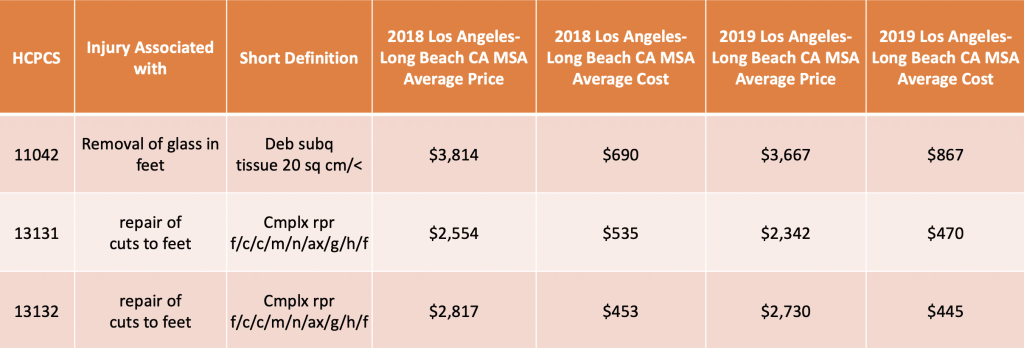CY22 Proposed Rule Change
As new Price Transparency regulations went into effect this year, most hospitals quickly adjusted to become compliant under the new rules. However, many were confused on some points, and some decided not to post their prices, choosing instead to see how CMS would approach enforcement and what, exactly, it regarded as compliance.
The new proposed CMS rule (CY 2022 Medicare Hospital Outpatient Prospective Payment System and Ambulatory Surgical Center Payment System Proposed Rule (CMS-1753-P)) clarifies several of the points where hospitals had questions, but it also emphasizes the importance of compliance and the seriousness of penalties. They stated, “CMS expects hospitals to comply with these legal requirements and is enforcing these rules to ensure Americans know what a hospital charges for items and services.”
The Penalty
First of all, they’re increasing the penalty amount for some hospitals.
The minimum penalty remains $300 per day but would apply to small hospitals (bed count of 30 or fewer). For hospitals with more than 30 beds this would include a penalty of $10 per bed per day, maxing out at a daily penalty of $5,500.
This means, for a year of noncompliance, hospitals are looking at a total penalty amount of $109,500 and a maximum penalty of $2,007,500 per hospital.
Clearly CMS is doubling down on its enforcement of the letter of the rule. However, this may change, as CMS is seeking comments on alternative or additional criteria that could be used to scale the penalty. Other options include:
- Hospital Revenue
- The nature, scope, severity, and duration of noncompliance
- The hospital’s reason for noncompliance
File Access
We’ve seen several articles pointing out the difficulty in searching for machine-readable files. The rule proposes a requirement that the machine-readable files can be accessed by automated searches and direct downloads. Furthermore, CMS plans to update the list of what it considers barrier to access.
CMS also clarified that, should a hospital use an online price estimator tool, it must take the patient’s insurance information into account. The estimate must show the amount the hospital expects the patient to pay for the shoppable service, absent unusual or unforeseen circumstances.
Finally, CMS has also made itself open to public comments on several transparency issues, including best practices for price estimator tools, improving “plain language” descriptions of shoppable services,” ways to highlight exemplar hospitals, and improvements to the standardization of machine-readable files.
The rule would go into effect January 1, 2022. You can read CMS’ summary here.
To comment, go to regulations.gov, search for the CMS CY2022 Proposed Rule, and click on the Comments tab. The deadline is September 17, 2021.
As the rule evolves and we receive more information, we’ll pass it along. If you have any questions or concerns for your hospitals, let us know!
Cleverley + Associates covered the new Price Transparency regulations in depth in our spring summit. You can view the whole thing for free here.





